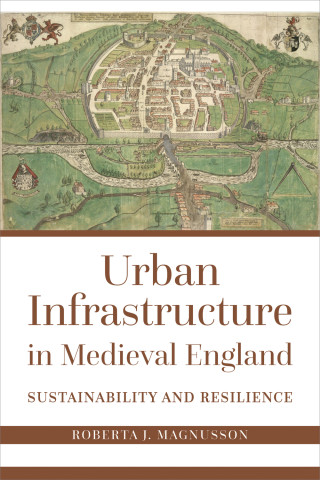
Reviews
Computers changed research in the life sciences in the 1950s and 1960s. Historian Joseph November engagingly relates how... November's style is convincing and compelling.
A fine pick for medical, science and computer collections alike.
Yes, it's about computers, but very readable.
A well-written, engaging piece of historical scholarship... One cannot help but appreciate November's talent at synthesizing and distilling a vast array of highly technical subject matter, making it accessible to not only polymaths, but also any intelligent, dedicated reader.
An interesting account of information technology's grand entry into biomedicine in the US and its impact on advances in numerous life science disciplines.
In this finely drawn, much-needed study, November shows how a few visionary physicians, life scientists, and computer specialists first created common cause and transformed their respective fields... Conveying that mutual transformation makes Biomedical Computing a significant, timely contribution to both the history of computing and the history of biomedicine.
... This book constitutes an obligatory read for historians interested in twentieth-century science and technology; and is an important reference for philosophers and social scientists investigating contemporary developments in biomedicine.
This book will be essential reading for historians of both biomedicine and computing. November has done these fields a great service by mapping a complex but fundamental set of technical and institutional relations that have given momentum to our contemporary digitized lives.
Biomedical Computing offers a clear path into an otherwise uncharted territory of the history of computing in biomedicine. Those interested in the history of medical technology, biology, or computing will appreciate the insights of this book.
Rich local detail... Biomedical Computing offers an essential framework for marrying the bigger picture with case-by-case local analysis.
November's work is a compelling (and fun) read for anyone working in this field, and documents the fragility of a new discipline and the careers of the people creating it—and the magic mix of talent, determination, and sheer good luck that marks the difference between success and failure (or, a delayed and muted success). It also illumines the critically important role of larger social forces, particularly that of government as a patron of science and technology.
Book Details
Acknowlegments
Abbreviations, Acronyms, and Initialisms
Introduction
1. Putting Molecular Biology and Medical Diagnosis into Metal Brains: Operations Research and the Origins of Biomedical Computing
2
Acknowlegments
Abbreviations, Acronyms, and Initialisms
Introduction
1. Putting Molecular Biology and Medical Diagnosis into Metal Brains: Operations Research and the Origins of Biomedical Computing
2. Building Tomorrow's Biomedicine: The National Institutes of Health's Early Mission to Computerize Biology and Medicine
3. The LINC Revolution: The Forgotten Biomedical Origins of Personal Computing
4. A New Way of Life: Computing in the Lab, in the Clinic, and at the Foundation
5. Martians, Experts, and Universitas: Biomedical Computing at Stanford University, 1960–1966
Conclusion
Notes
Essay on Sources
Index






